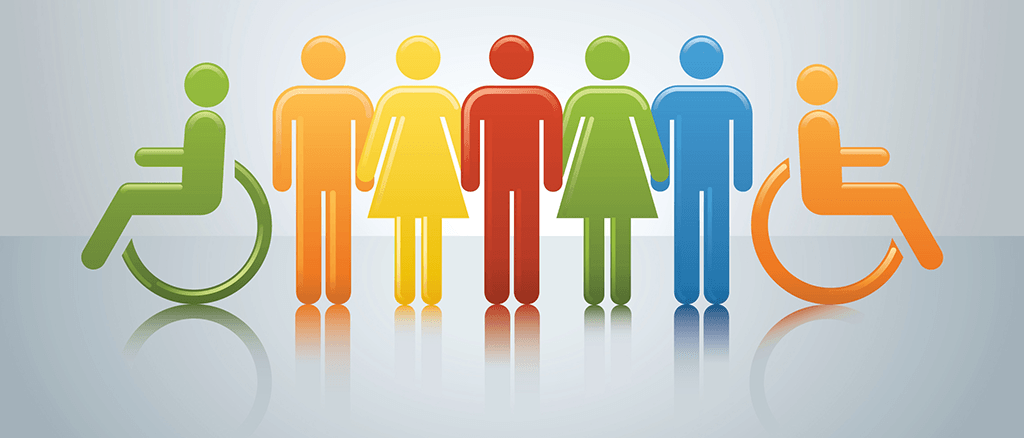This week’s class was all about inclusion and equality, we looked at what inclusion and equality are, the three levels of inclusion, why inclusion and equality are important, the equality act (2010) and Allport’s scale of prejudice and discrimination. We also looked at a couple of the theorists who worked on the different aspects of inclusion and equality. I had a pretty god idea of what inclusion and equality are but I never realised all the aspects involved in Allport’s scale of prejudice and discrimination. Allport’s scale has five levels: antilocution, avoidance, discrimination, physical attack and extermination.
Antilocution – making jokes and insensitive remarks about another group; expressing opinions that reflect negative stereotypes and negative images based on preconceived judgements rather than facts; expressing hateful opinions about another group; name calling, ridiculing, verbal abuse and insults
Avoidance – actively ignoring specific individuals and groups; maintaining social distance, isolating, marginalising and excluding = Apartheid
Discrimination – denying equal access to opportunities, goods and services = Segregation in the USA
Physical attack – persecution, assault, vandalism and hate crimes = KKK
Extermination – genocide, ethnic cleansing = The Holocaust, Rwandan Genocide
Here is a visual representation of what inclusion (exclusion in this case) and equality look like.




